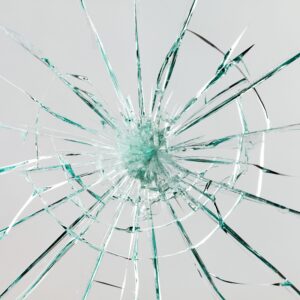
How do I make my shower stall handicap accessible?
What is a handicap-accessible shower? Whether it is a physical disability caused

What is a handicap-accessible shower? Whether it is a physical disability caused

Choosing Energy-Efficient Window Glass Here in Texas, we’ve survived some pretty ferocious

Discover Handicapped Shower Installations If you have an elderly or handicapped member

The Necessity of Window Repairs Here in Texas, where the stars at

What should you do when you need window repair? Here in Texas,

Want Perfect Glass? Glass is a versatile and widely used material in

How do you keep water in a frameless shower? The real estate

Hang Your Mirror With the Experts “Mirror, mirror on the wall …

What are the most common kinds of glass damage? Glass is weird

Choosing the Best Shower Door: Your Ultimate Guide When it comes to

Amet, consectetur adipiscing elit. Ut elit tellus, luctus nec ullamcorper mattis, pulvinar dapibus leo.


